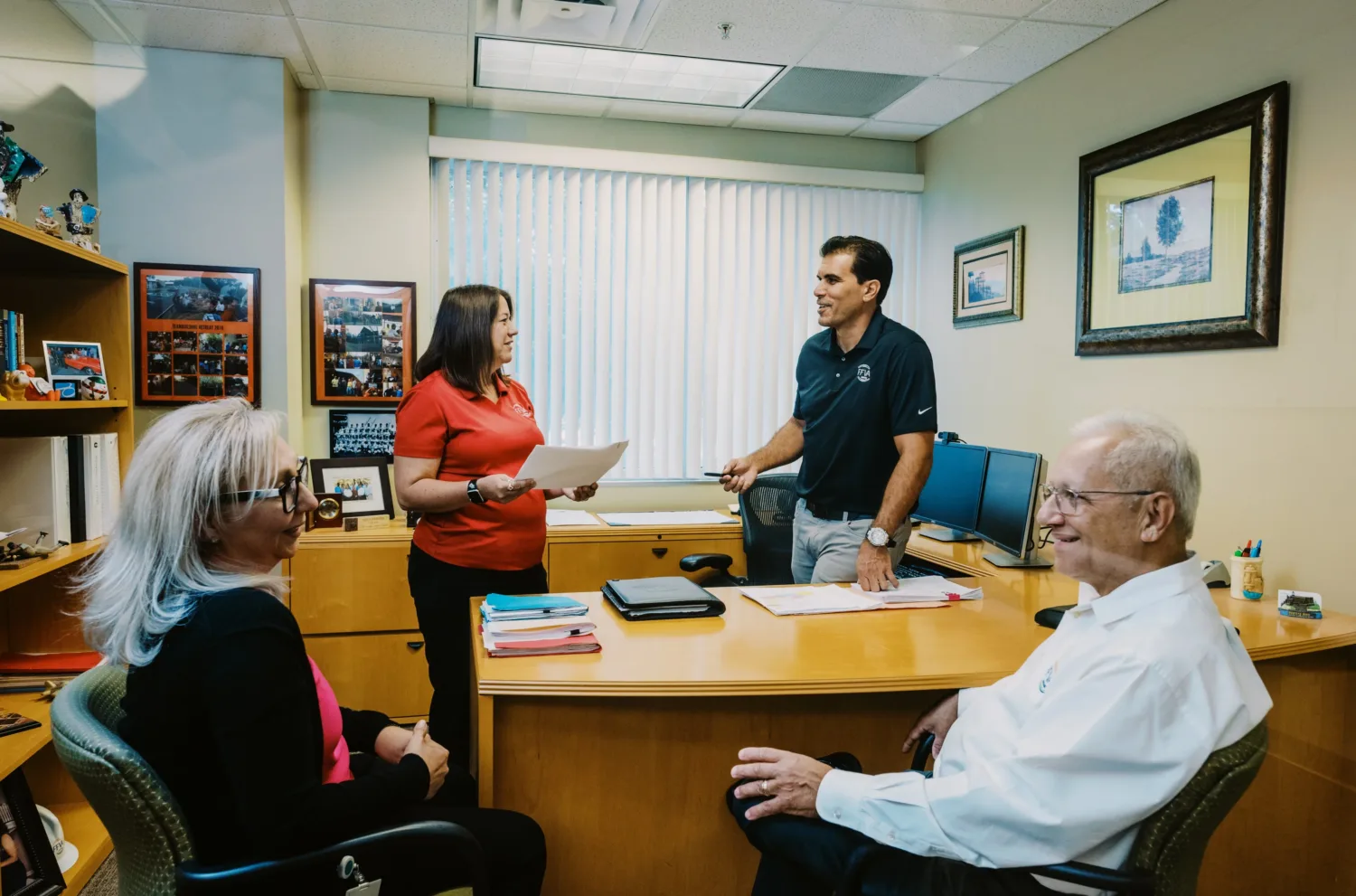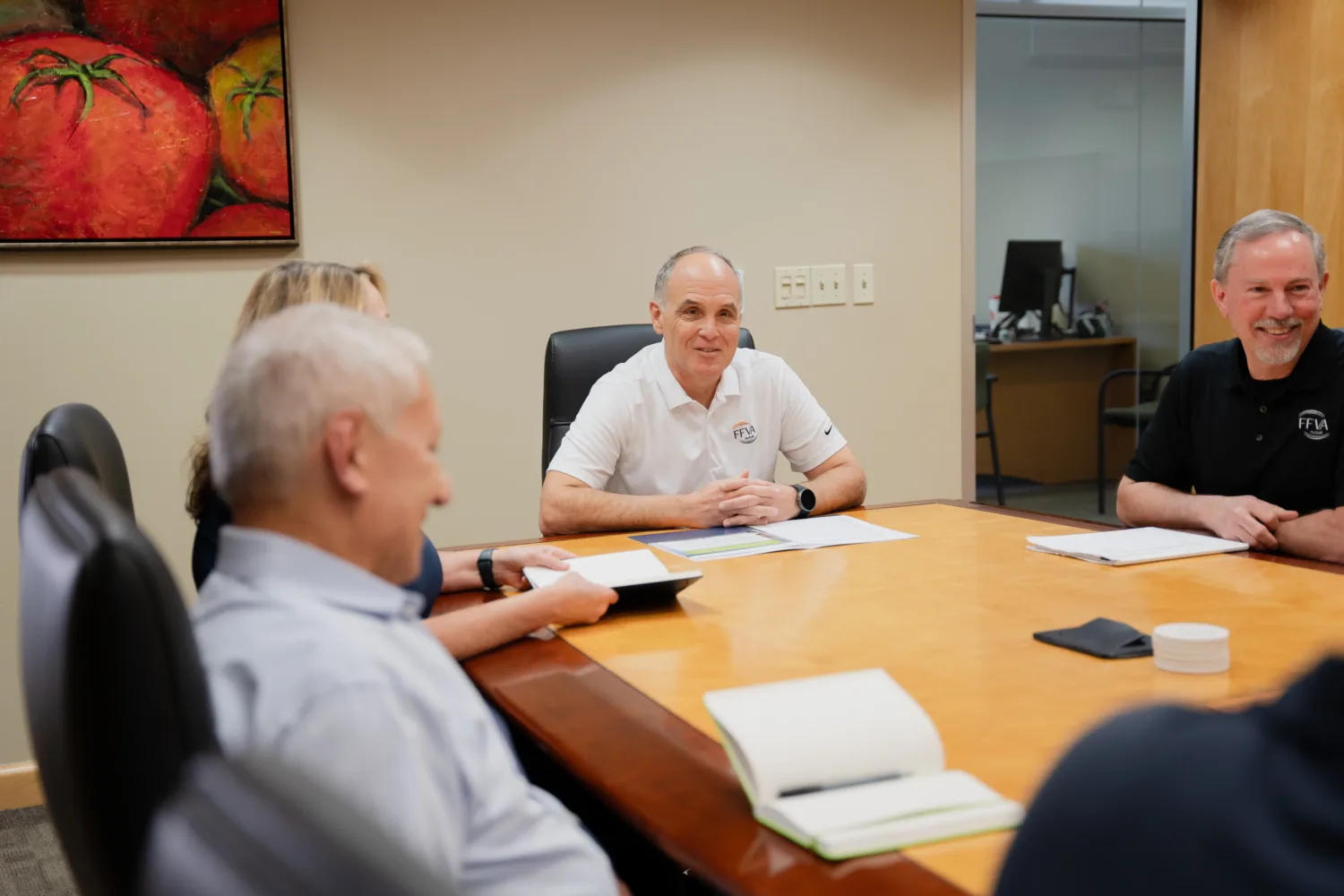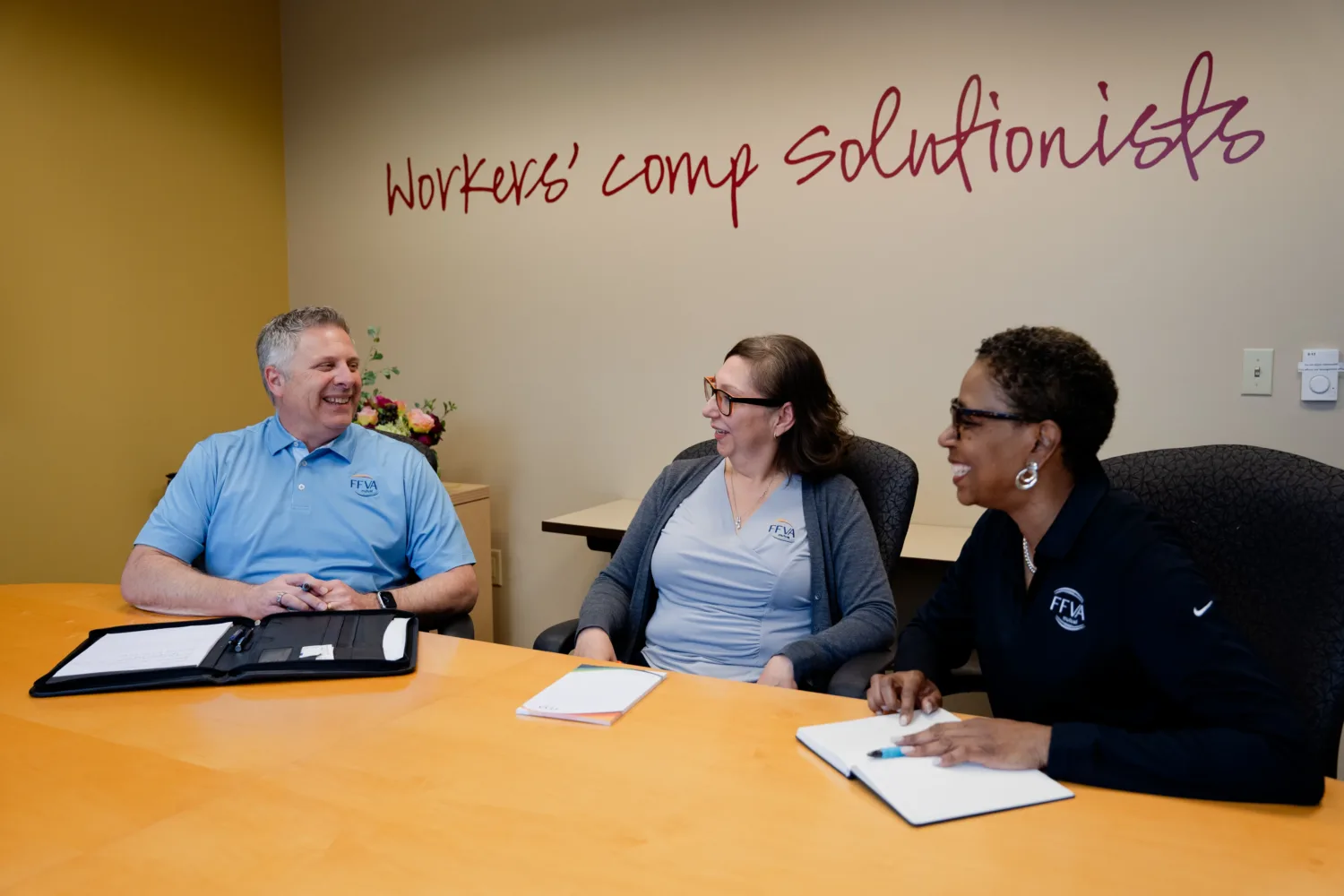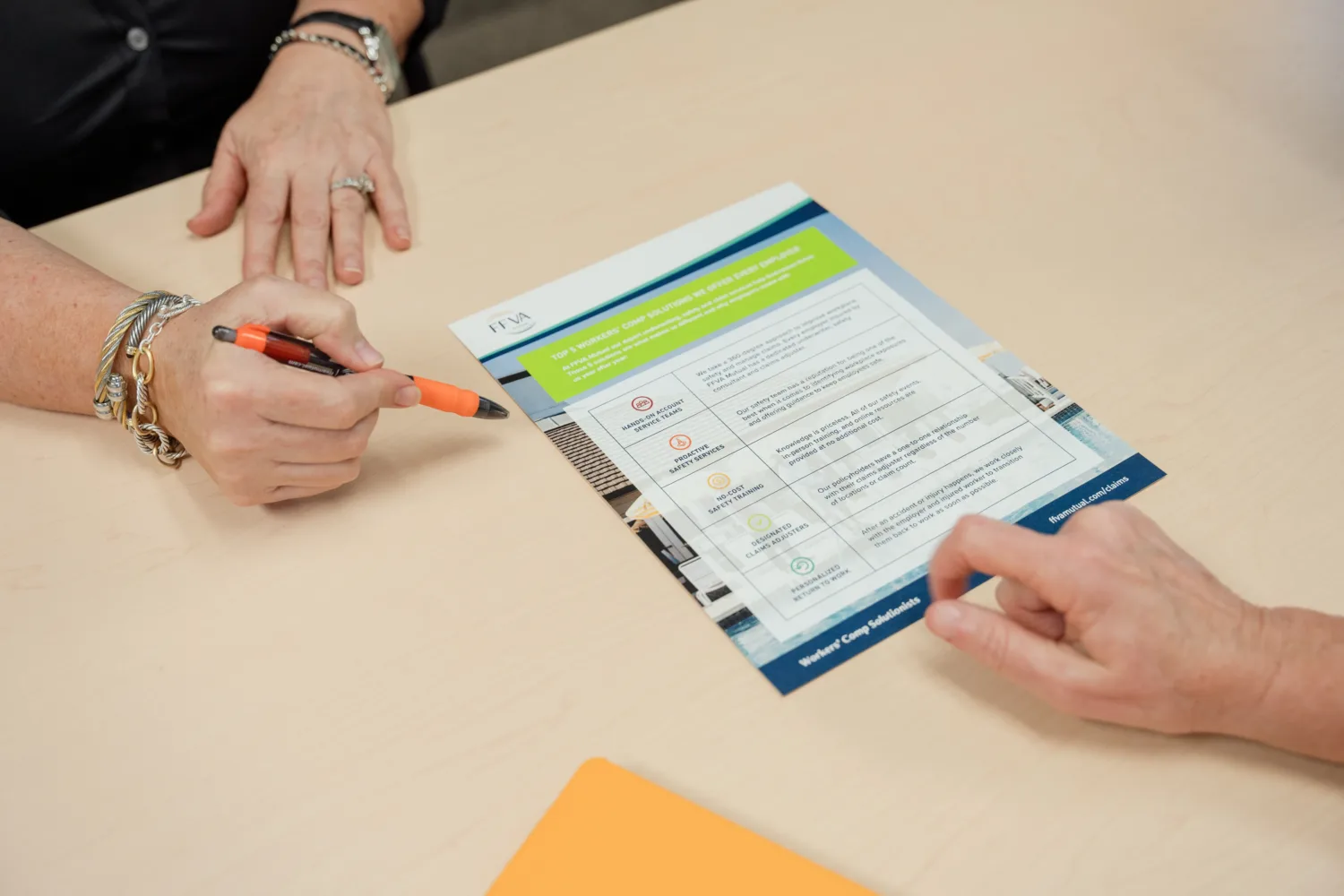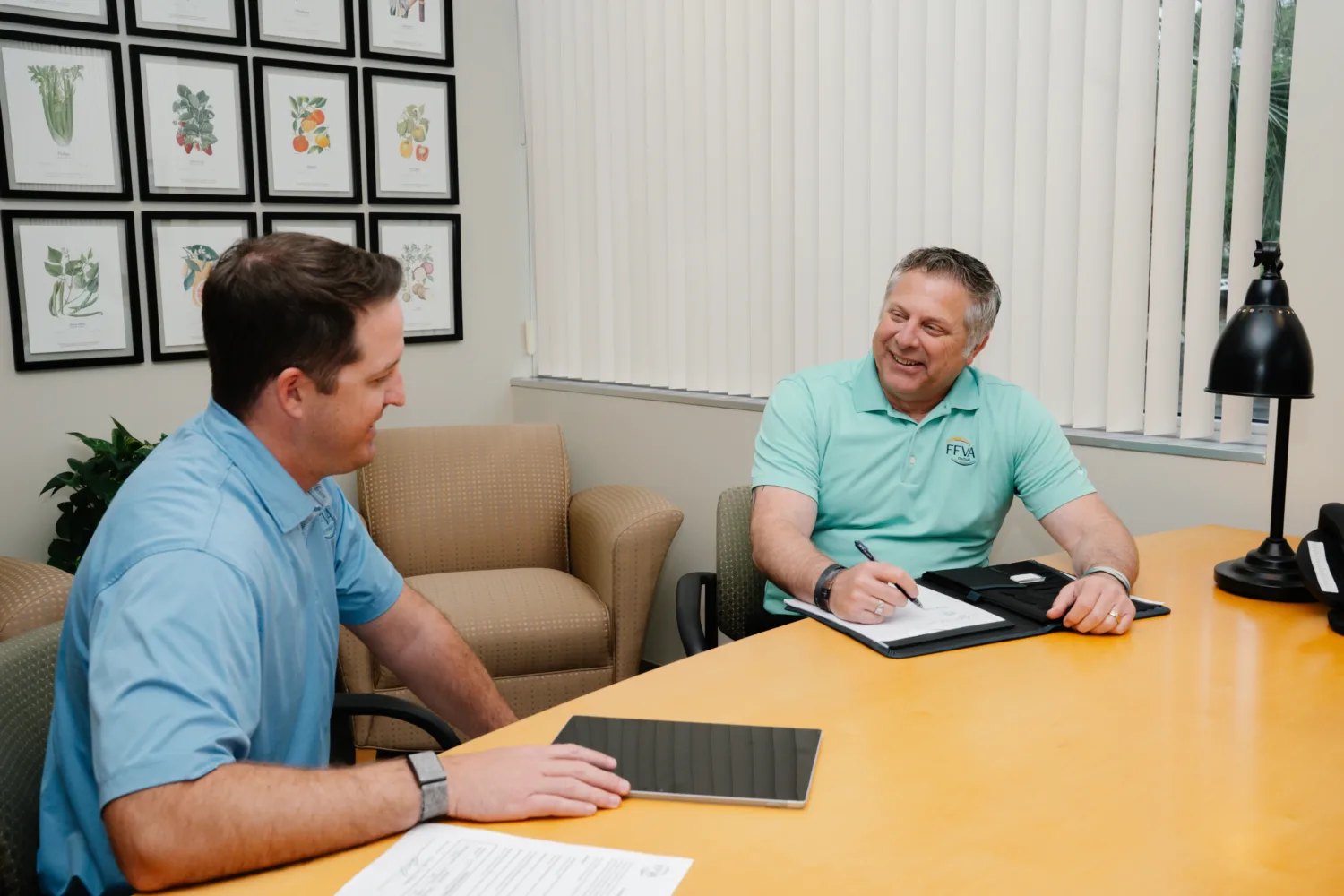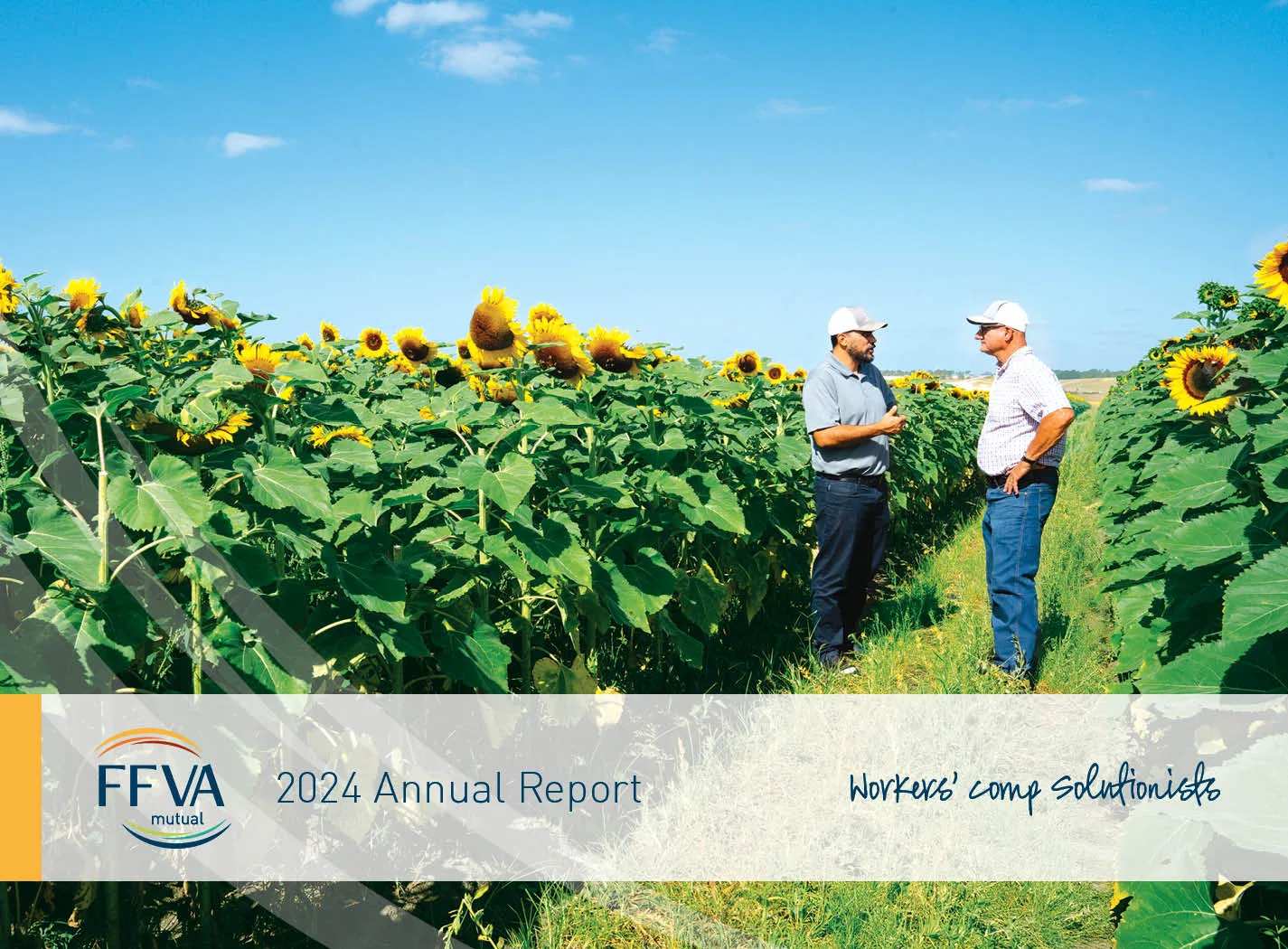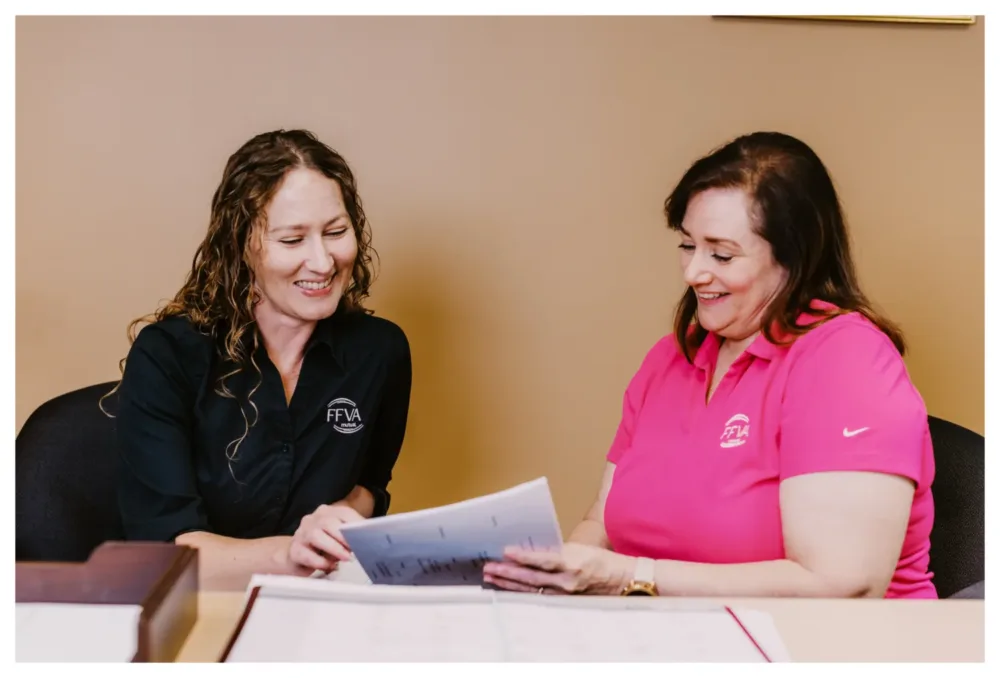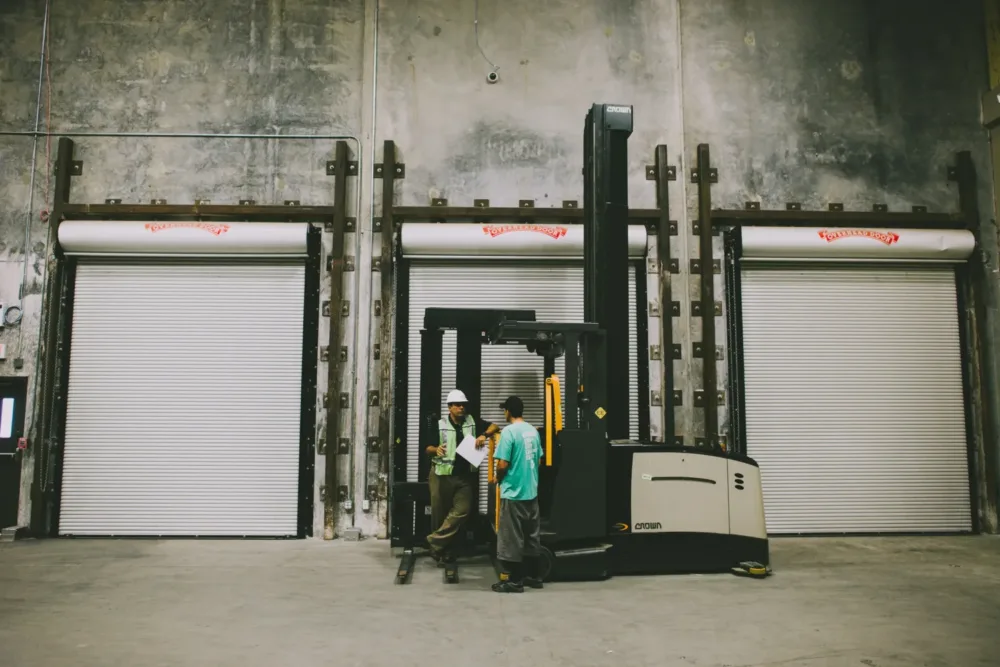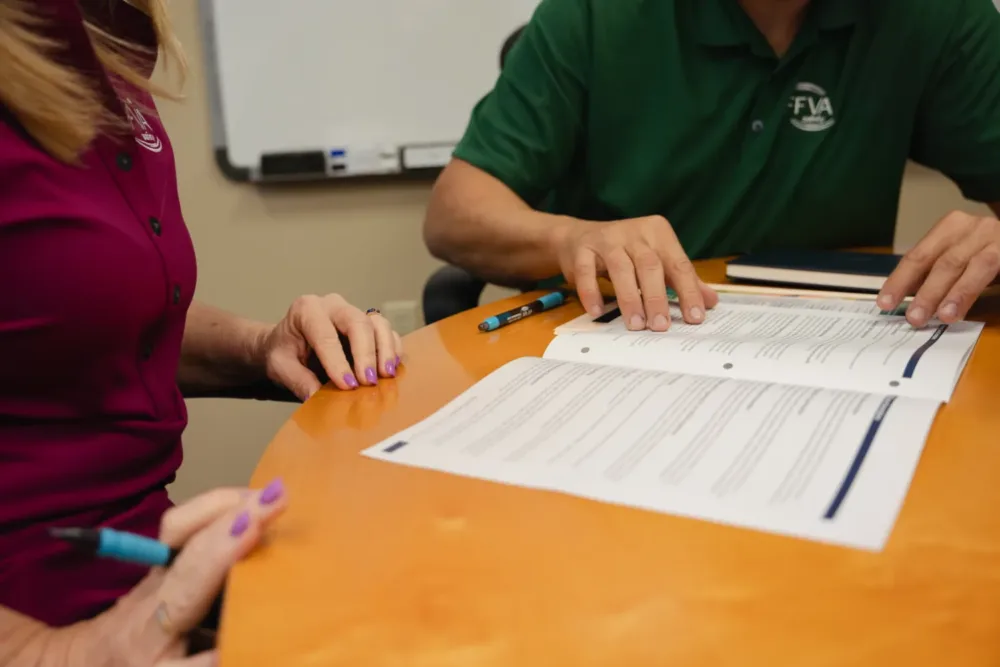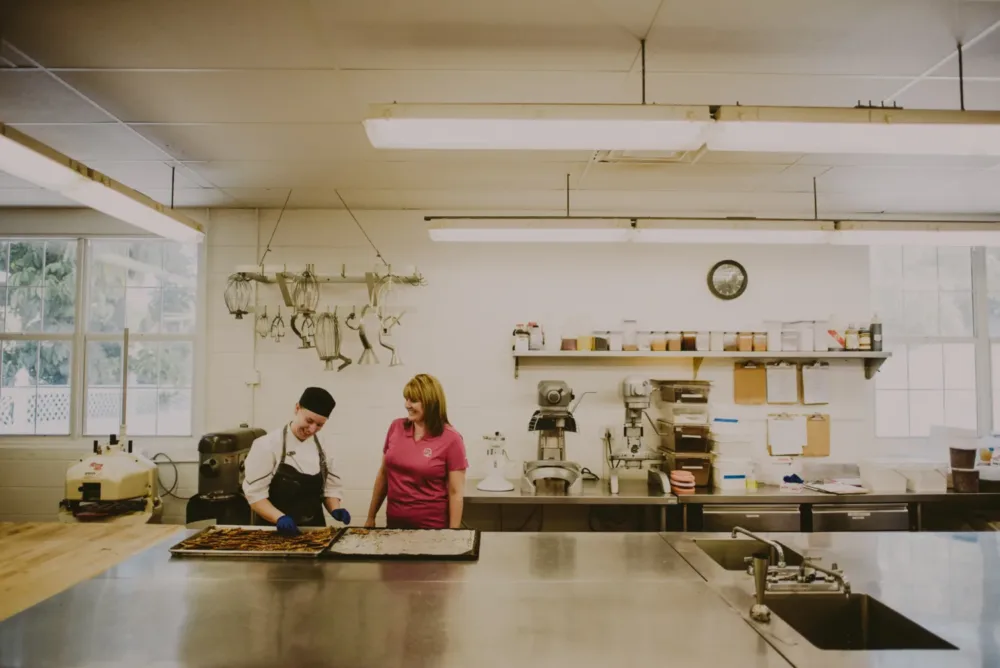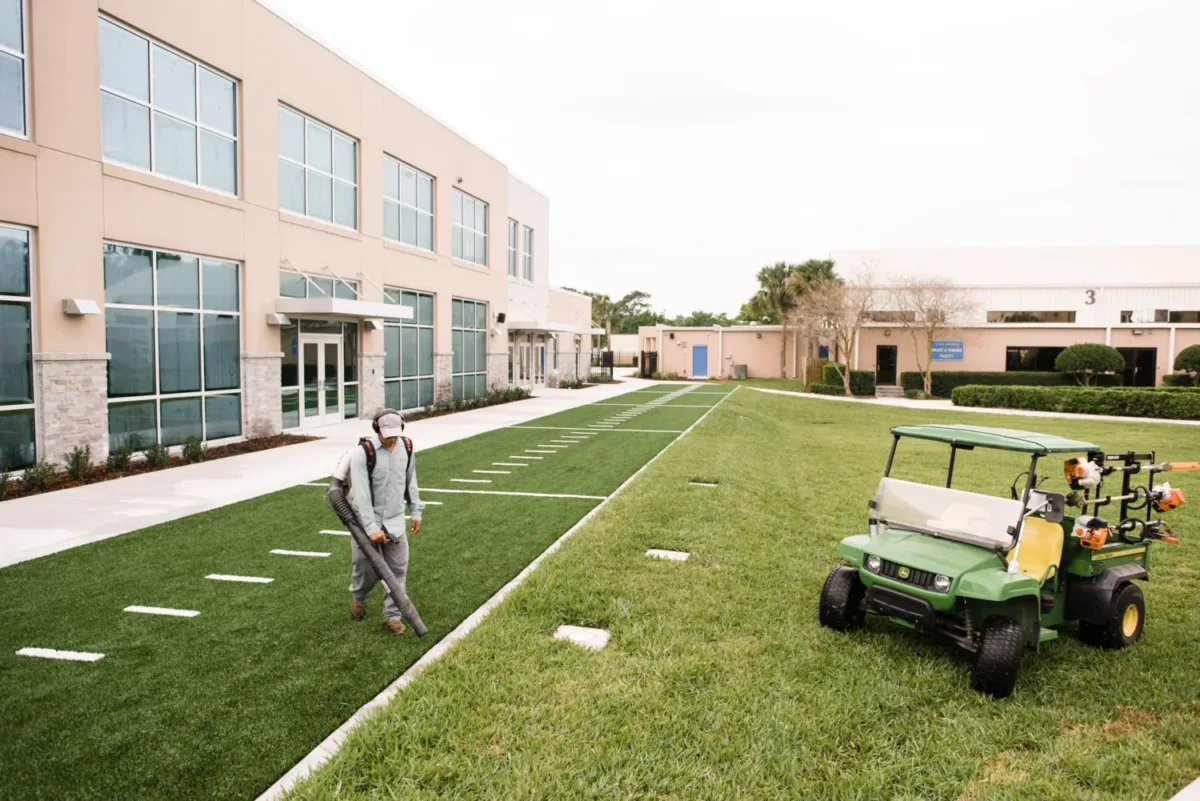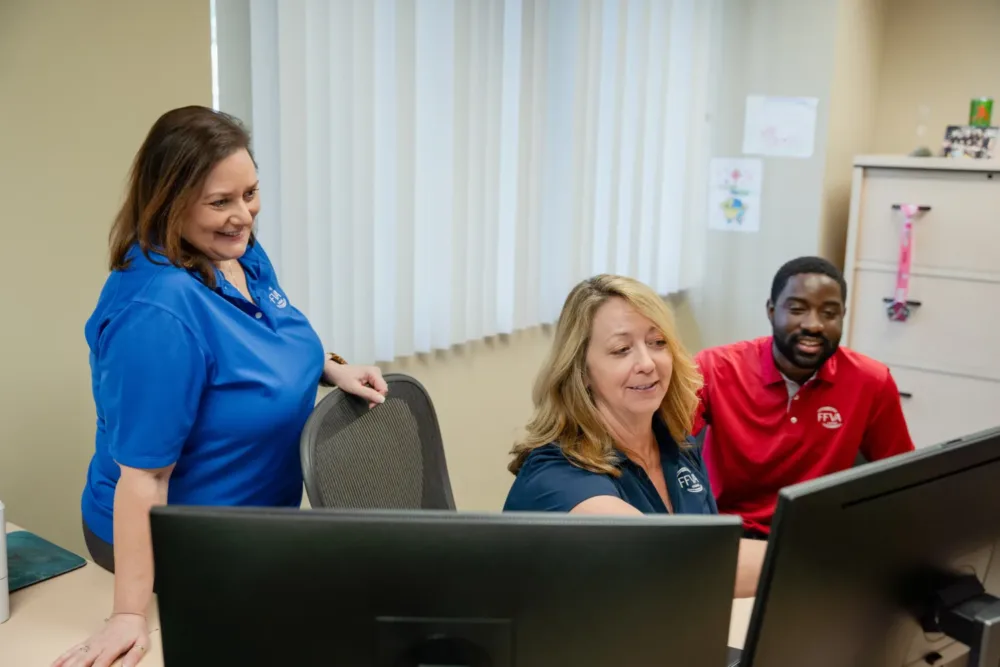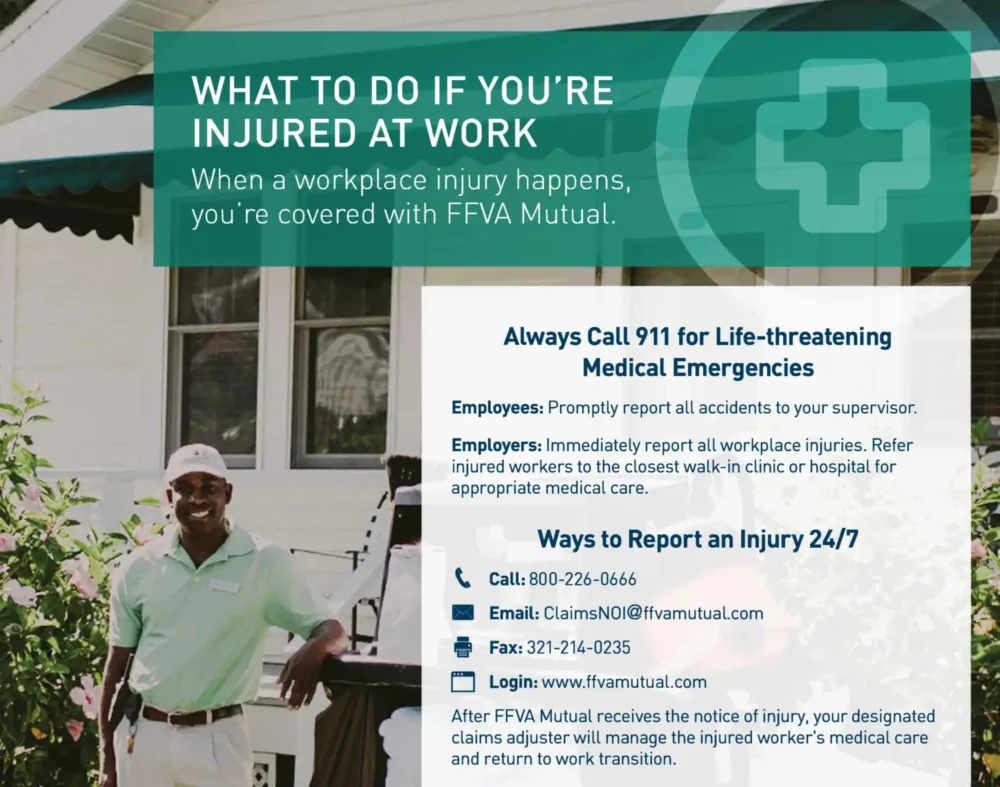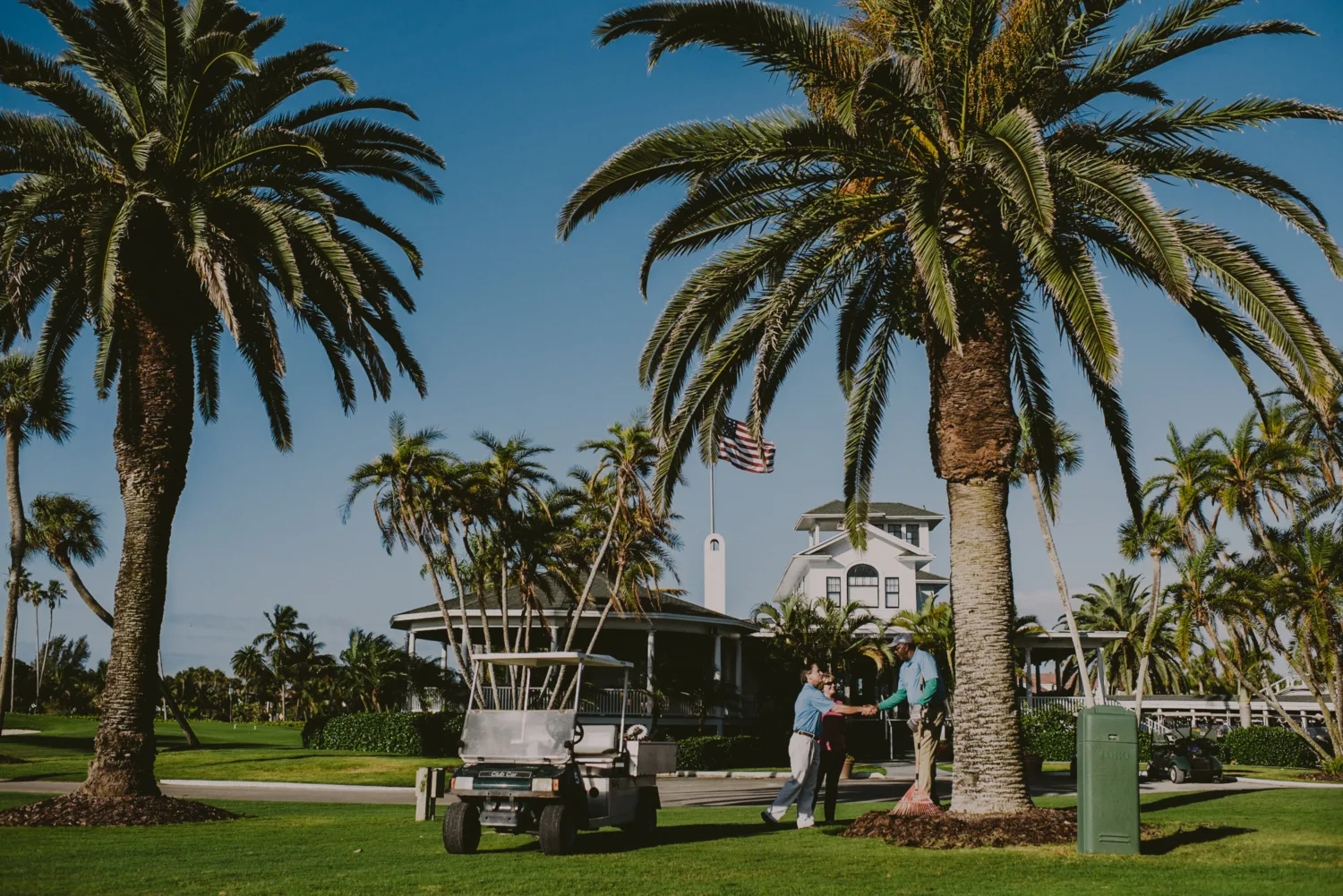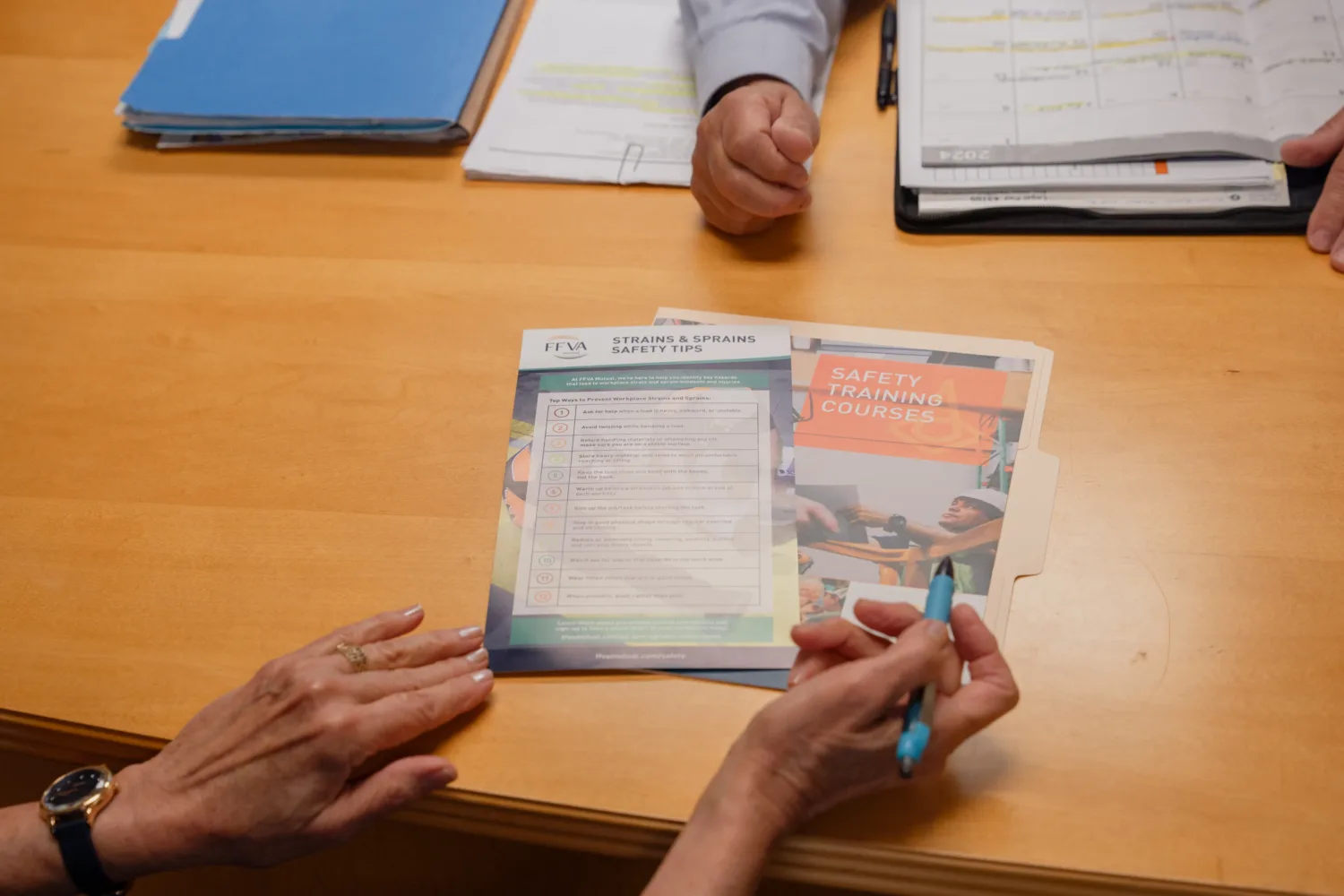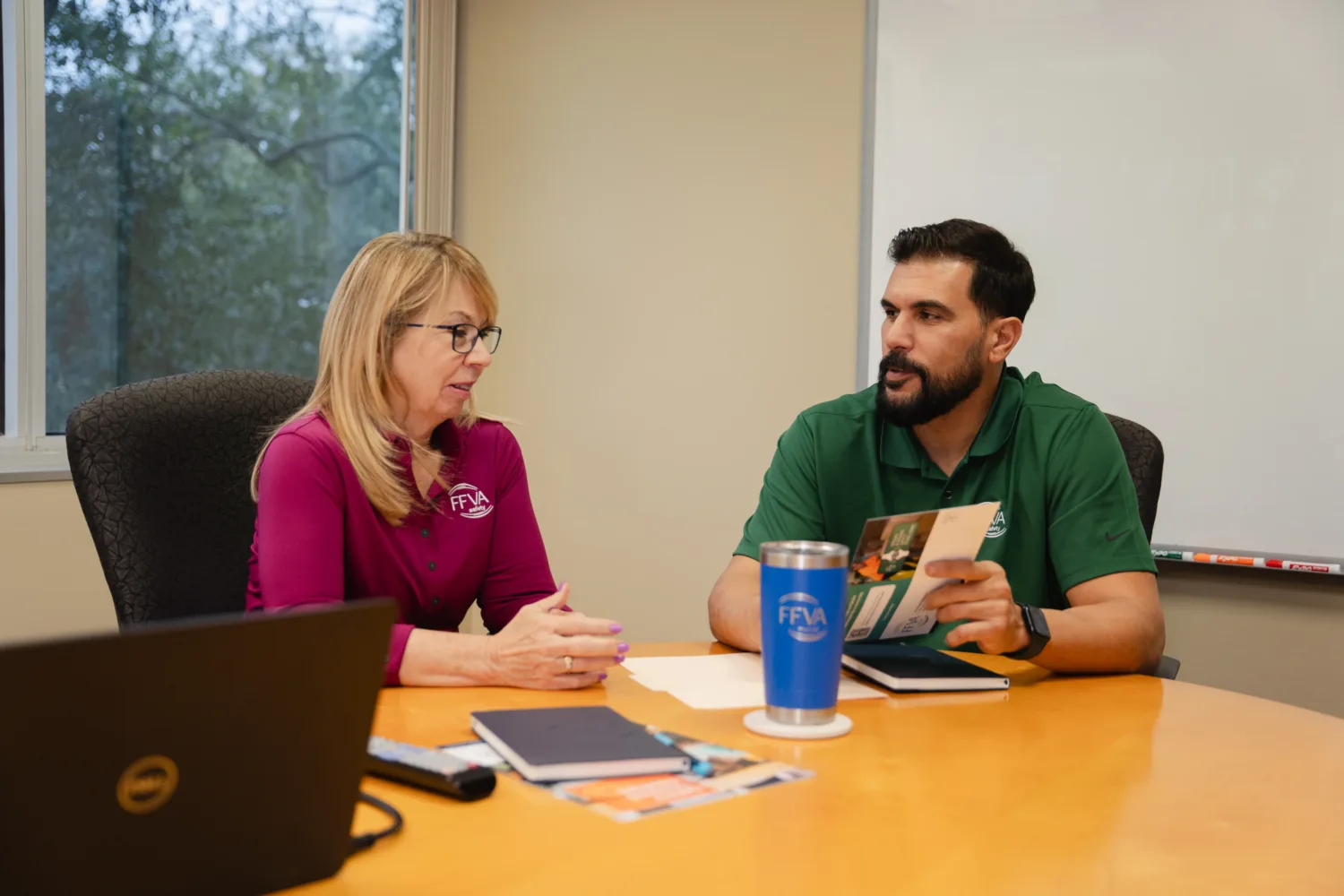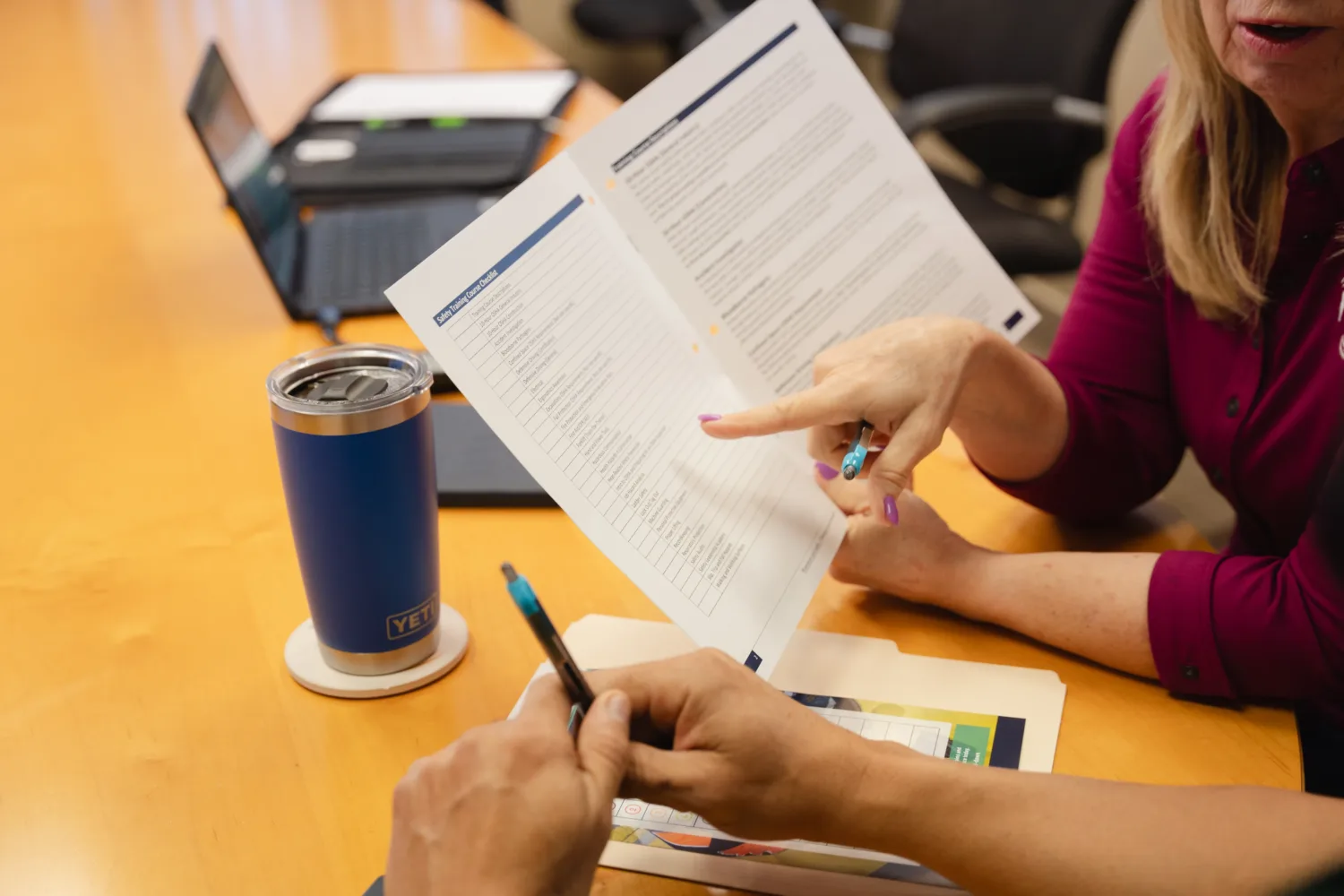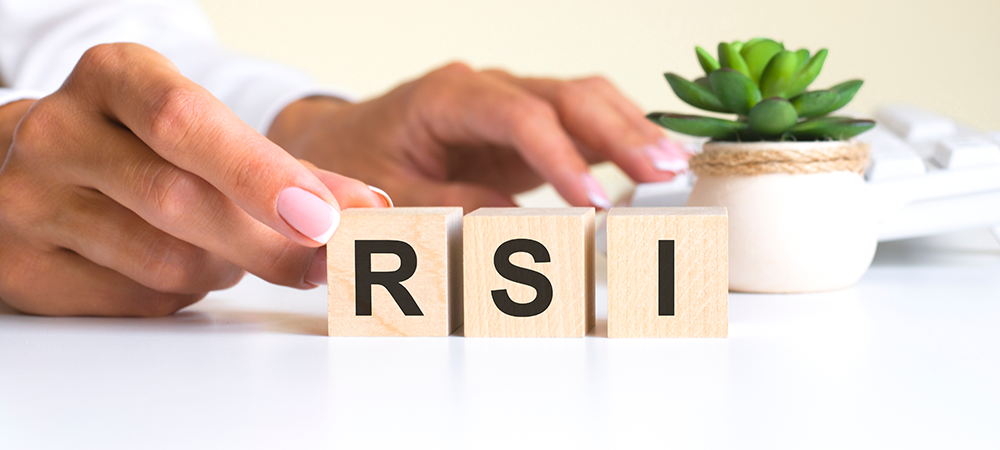What you can do to prevent work-related back injury from lifting
Lots of workers spend time throughout their day lifting weights and moving heavy objects. Their jobs might require it but, without the proper techniques, this physical activity can lead to things like a pulled muscle, lumbar strain or even chronic lower back pain. In fact, over 1 million U.S. workers suffer back injuries each year, accounting for a quarter of all compensation claims, according to the Bureau of Labor Statistics.
Back injuries at work can happen in a number of different ways, from lifting objects that are simply too heavy to repeating the same lifting motions over and over again. But there are a lot of things you can do to prevent an injury or muscle strain from happening. Continue reading to learn more about back injuries from lifting in the workplace and what you can do to prevent them.
How do back injuries from lifting happen at work?
There are a number of ways back injuries can happen at work, but according to the Mayo Clinic, they can be broken down into three broad categories:
- Overexertion: A person forcing themselves to lift a heavy weight without taking the right precautions first is one of the most common causes of back injury. This is especially true if they try to lift or move a heavy object without the help of others.
- Repetition: Repeating the same muscle movements over and over again can lead to back injuries, especially including muscle strain injuries. This can be much worse if the repetitive motion involves awkward or unnatural moves with poor posture, like twisting the spine into uncomfortable positions.
- Inactivity: This one might come as a surprise, but too much down time can lead to injury and chronic back pain, too. Back injuries from inactivity typically affect those who work office jobs that don’t require too much physical exertion or exercise. Sitting over a computer with poor posture all day can cause lumbar strain and can even weaken the back and abdominal muscles. When the worker needs to lift a heavy object later, they could end up with a pulled back muscle, sprain injury or worse.
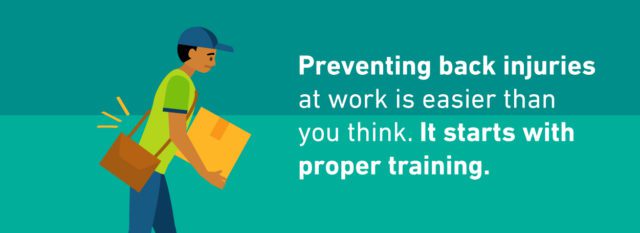
What can you do to prevent back injuries in the workplace?
A few things, but you should focus on teaching employees the safe and proper lifting technique, as well as designing your workspace in a way that reduces the risk of injury.
Train employees on proper lifting technique
Teach your employees to avoid lifting heavy materials early or late in the work day. Lifting heavy objects in the morning before their bodies are warmed up and ready to go can cause a lower back muscle injury, as can lifting when they’re already sore and tired at the end of the day.
You should also encourage workers to use team lifts whenever possible, even when they think they can lift an object on their own (unless it’s something really small). This will help distribute the burden of the heavy load to multiple people, reducing the risk of injury for everyone involved.
When lifting any object, whether on their own or with team members, employees should avoid putting unnecessary low back strain by focusing on lifting with their leg muscles while activating their core muscles. Teach them to squat low, arch their backs and lift from the ground every time they go to pick something up, no matter how light it might seem.
This takes the pressure off the back and gets their abdominal muscles and leg muscles – the strongest muscle group in the body – to do the hard work.
Provide Personal Protective Equipment for Injury Prevention
In addition to teaching employees about the proper lifting technique, you should also provide them with the appropriate personal protective equipment (PPE) for whatever their job demands. While you might think of PPE as being associated with hard hats, safety goggles or medical masks, ergonomic equipment can be equally essential.
Back supports and lifting belts are two prime examples of PPE employees should have when lifting large objects. Not only can these tools help employees maintain proper posture while evenly distributing a heavy load, but they also reduce the strain on muscles and the lumbar spine. However, it’s important to note that they’re most effective when used in conjunction with appropriate lifting techniques. Footwear is another vital, yet often overlooked component of PPE for preventing back injuries. Employees should have shoes with good grip and support to prevent slips, trips and falls — some of the most common causes of back injuries in the workplace. Organizations can also install anti-fatigue matting in areas where employees must stand for long periods of time to reduce the pressure this puts
Redesign your workspace to fit the employee
Prevention sometimes requires you to reorder and reorganize your workspace to promote safety. You should aim to limit the chances for employees to overexert themselves by storing any heavy object at ground level (or close to it). This protects employees from a potential lifting injury by keeping them from unsafely pulling heavy boxes out from shelves that are high off the ground.
You should also store all materials in smaller, lighter boxes to prevent improper lifting at all, even at ground level.
Beyond these tips, conduct a thorough job hazard analysis to identify any potential risk hazards in your workspace and design a detailed prevention plan addressing them.
How to handle a back injury from lifting
As soon as a lifting injury happens, it’s important for you and the employee to both act fast. Employees should be encouraged to report a back injury (or any injury) as soon as it happens so they can get the claims process started right away. It’s your job to do what you can to provide employees with the right medical attention.
If the injury doesn’t seem severe, standard first aid might be enough. But if it’s serious, you might need to give them a trip to the emergency room. Regardless, it’s important to do what you can to treat the injury right away and keep it from getting worse before doing anything else.
Establish an effective return-to-work plan
Creating a unique return-to-work (RTW) plan for you and the injured employee begins as soon as the injury has been reported. But not every RTW plan is the same. They should be tailored to the exact nature of the job, the employee’s specific injury and their progress, any recommendations from a physical therapist, as well as your own needs throughout the time of recovery.
You should make sure you know exactly what the job duties and requirements are and work closely with the physician to understand what your employee’s limitations are. Once you have that nailed down, you can begin to give light-duty assignments without running the risk of further injuring the employee. A detailed RTW plan ensures the employee can return to work at an appropriate pace while reducing the need for you to hire additional hands in the meantime.
Working with the right workers’ compensation carrier
Back injuries from lifting are among the most common injuries that happen in the workplace, so you should take the right steps to prevent them whenever you can. But accidents are a part of life, and there’s only so much you can do. Our team at FFVA Mutual understands that. Our claims staff provides excellent claims management solutions if and when an injury happens on the job.
Check out our safety training courses, free for our policyholders, and reach out today to get started with a quote.


